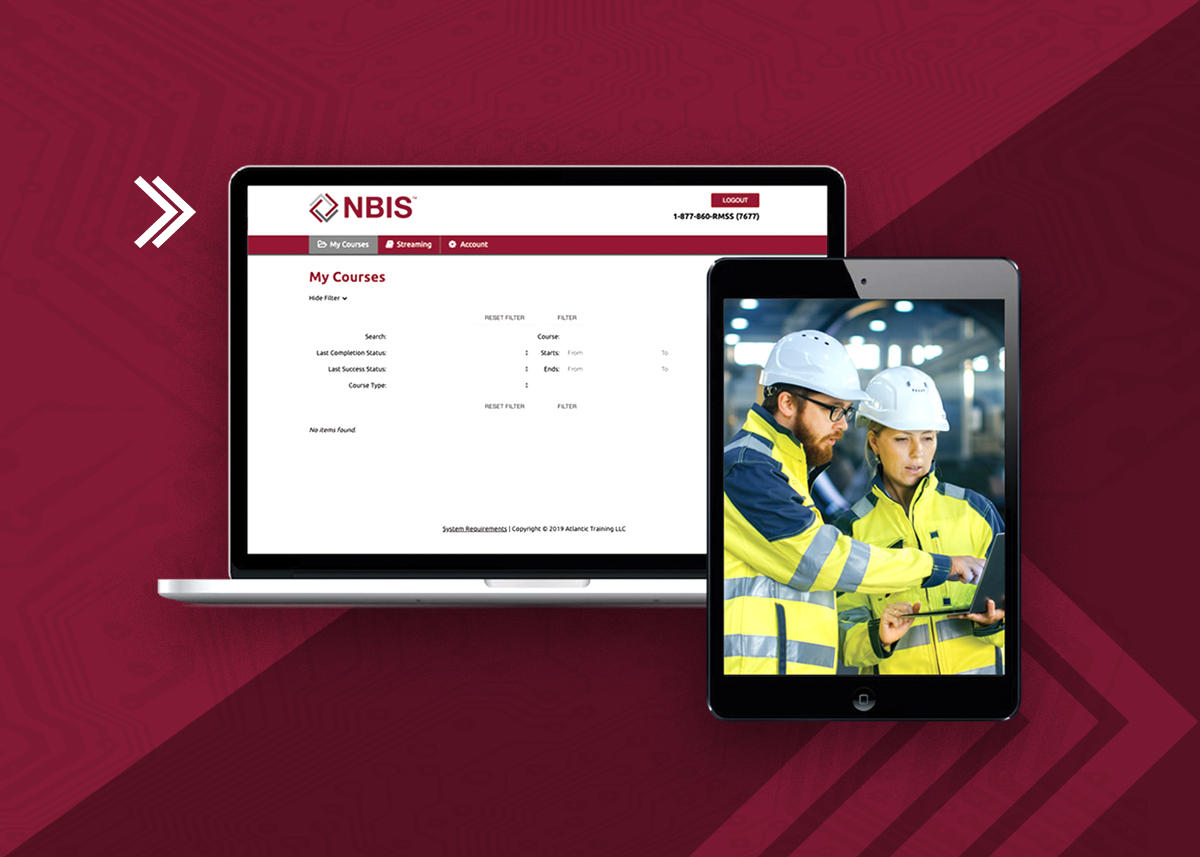By Bill Tepe, President
This article was previously published in the 2023 January issue of American Cranes & Transport Magazine
As we turn our attention to a new year, we hope to leave much of the disruption of the past few years behind us. Indeed, the challenges of the pandemic years have also created a new business landscape – with its own opportunities, as well as risks.
But moving into 2023, it’s to our advantage to remain focused on the fact that, through it all, the construction industry hasn’t wavered. In fact, the industry is better positioned to take advantage of the work that’s coming its way than it has been in quite some time.
A key component of that positioning is revenue growth, and the global construction industry’s future looks very promising. With opportunities in the residential, non-residential, and infrastructure sectors, the global industry is predicted to reach $14.41 trillion by 2030 with a CAGR (Compound Annual Growth Rate) of 7.3% from 2022-2030 (GlobalNewsWire).
Additionally, revenue growth in the equipment rental industry saw double-digit percentage increases during the pandemic, and will continue to grow for the next five years, albeit at a single-digit rate. According to the American Rental Association, a steady equipment market capable of meeting the rising demand for commercial projects, including infrastructure, is good news for the construction industry.
Growth being what it is, we must not assume that current labor challenges are just going to vanish in the face of opportunity. The skilled worker shortage, especially in construction, will remain one of our biggest challenges throughout this decade.
As many current industry professionals either exit or prepare to retire from construction, the time and effort it takes to transfer knowledge from key industry veterans to younger hires becomes ever more crucial. And then there’s the ongoing challenge of articulating to a younger workforce that construction is actually a viable career option.
That said, it’s on all of us to continue to pursue access to young workers while also understanding what the modern workforce both wants and needs from a career. Construction in total needs more than two million workers by 2024 to keep up with project demand (Bureau of Labor Statistics).
On a positive note, the increase in the number of women in construction is an upward trend that deserves the attention it began to see in 2022. There is growing evidence that women entering the sector are both a piece of the solution to the labor shortage, and a true value-add to the construction industry.
New Roles
Labor challenges notwithstanding, the cost of construction materials has certainly been on everyone’s mind in recent years as well. But, while prices remained high in 2022, according to the National Association of Home Builders and the CBRE (Construction Cost Index), the price increase percentage decreased and then stabilized during the second half of 2022. Both groups are confident that cost increases will return to the historical average of two percent and four percent in 2023 – along with an expectation that inflation will begin to taper off in early 2023 and return to near-normal levels by June.
One piece of the construction puzzle that certainly isn’t tapering off is technology. And the quickly evolving field of construction tech is increasing demand for a new kind of construction worker – one with a comprehensive understanding of emerging technologies as well as the built environment.
In response, leading construction companies are quickly introducing new roles that emphasize the need for workers with a mix of computational knowledge, project management skills and real-world understanding of the needs, challenges and realities of the construction site.
While today’s technology stack offers incredible solutions for upgrading the build process, the industry is still struggling to keep up with the demand for those with the skills and knowledge to manage and implement these tools successfully.
But this also introduces an opportunity to entice younger, more tech-savvy workers to the field. As builders turn to technology to increase productivity, improve safety conditions and reduce costs and timelines, a new workforce ready to integrate their tech-focused knowledge and skill sets with industry strategy will be required – which places Gen Z and millennials in an advantageous position when competing for careers within the industry.
All the while, Billy Smith, EVP Risk Management & Claims at NBIS comments, “The importance of risk management will remain vital to construction companies and their workers”. Smith adds, “Labor challenges, specialized equipment and increases in the number of projects will only escalate the demand for certification and training, as well as the need for companies large and small to tighten up safety plans, increase the frequency of meetings and never get complacent”.
To stay ahead of the curve, Smith advises, “keep these NBIS Risk Management Basics in mind and work to improve the Safety Culture daily”:
- Protect your company when you go to work with proper indemnity and risk transfer language in your work ticket.
- Recruit and then train your teams constantly – online driver training is a sure bet to immediately drive training efforts.
- Manage your technology before it manages you. Install and leverage tech to monitor and modify behaviors that maximize your investments.
- Cultivate a strong Safety Culture; it’s how every day starts, unfolds and ends. Every time. Safety always.
As the future unfolds for us all, and we return ever slowly to reality, the NBIS Risk Management team and our broker/agent partners are ready to assist you in navigating 2023, and beyond. For more information and details on risk solutions offered to our policyholders, visit www.NBIS.com or call 1-877-860-RMSS.







